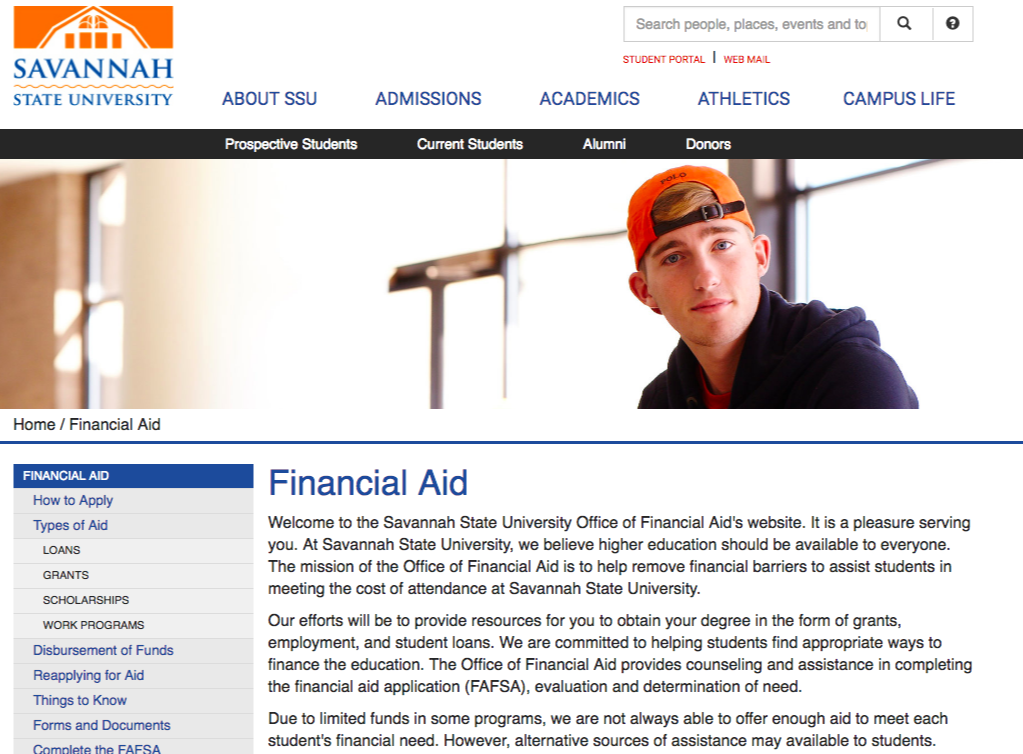by Venchito Tampon Jr | Last Updated on February 8, 2021
Agility and efficiency are essential drivers of a successful link prospecting phase.
Setting a plan to never run of opportunities for link acquisition is important, since this can improve the entire campaign’s prospecting rate as well as increase the average number of link prospects collected per hour/day.
By focusing on link prospect growth, link builders can expect significant improvements in the overall link development campaign, in parts such as:
- Enables to find new audiences targeted by new added link opportunities, which can be useful in brainstorming future content assets relevant to these audiences.
- Grows your current list of relationships with bloggers/webmasters/journalists (new connections can be derived by reaching out to additional list of link opportunities).
- Increases deliverables (# of links delivered on a monthly basis) for clients, since on a given average conversion rate, one can expect more links by sending more outreach emails to added link opportunities in the original list.

Here are 9 tactical methodologies to never run of opportunities for your link acquisition campaign.
Table of Contents
1. USE “TOPIC” “GUIDE” TO SEARCH FOR CONTENT COMPETITORS
Reverse engineering has been a standard practice in link building – which is basically spying your competitors for link sources pointing to their pages.
However, that approach will leave you following the footprints of your competitors.
If you can be visible on websites they haven’t acquired links from, it would be a better strategy to get ahead of them (or evenly outrank them!).
One initiative you can make is to look at other brands (not necessarily your direct competitors) that have published industry guides on similar topics.
We’ve found that using this search query, “GUIDE” “TOPIC” supplies a list of websites from other industries in SERPs that have topically-relevant content assets.
For example, a quick look for “veterans” “guide” can reveal this search result page.
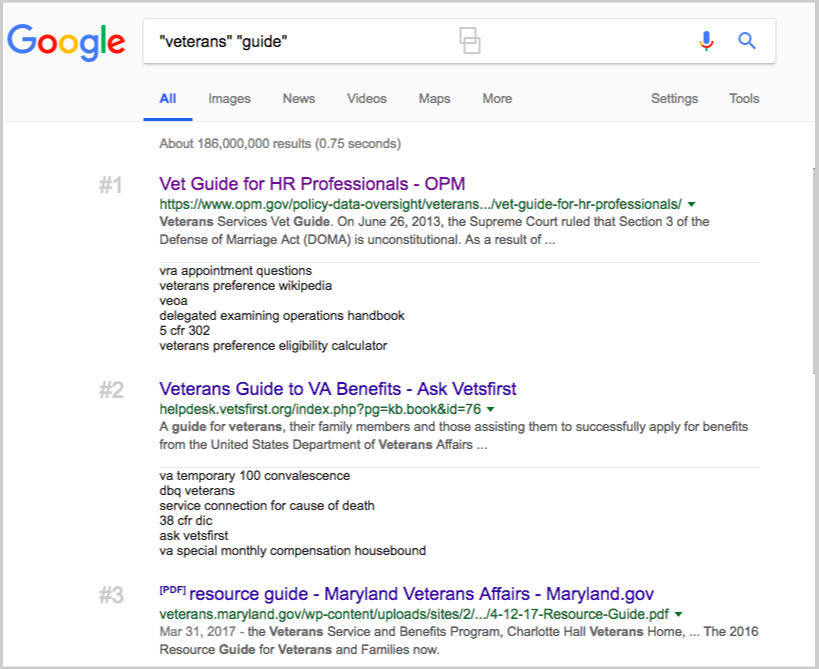
Your next step is to make a list of the people and sites/blogs who have linked to similar industry guides or have shared them via social media. You can extract these data using tools like Buzzsumo and Ahrefs.

It is best to list them down in a spreadsheet including each prospect’s contact address.
Start reaching out to them. You’ll have better chances of getting links given that they’re interested about the subject of your content, since they’ve linked to a similar industry guide in the past.
2. KEEP TRACK OF WEBSITES WITH CONSISTENT LINKABLE CONTENT PRODUCTION
You will not always come across a brand that publishes a solid set of content assets while gets/attracts high-valued links to its pages.
If you have found a website that matches both of the above criteria, it’s worthwhile to bookmark it and try to spy and assess their content strategy (both their content creation and promotion approaches).
In our broken link building campaigns, we’ve spot on and have kept track of all the websites that have continuously been producing heavy linkable assets in different industries.
Regardless of whether or not it is directly competing with our client, we monitor those sites for new content ideas and future linking opportunities.
For example, Affordable Colleges had been on my personal radar because they have been targeting new markets (audiences) through the new contents they published on their resource section.
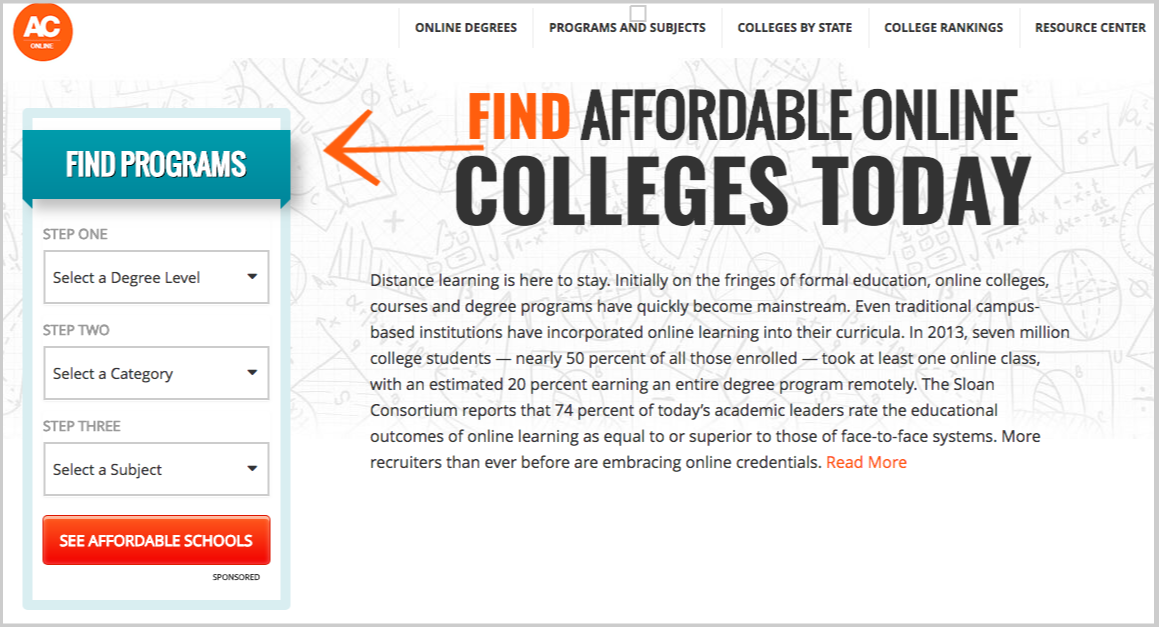
By using content analysis tools like Ahrefs, we can see their new industry guides they’ve invested heavily on content promotion (check Best by Links Growth feature).
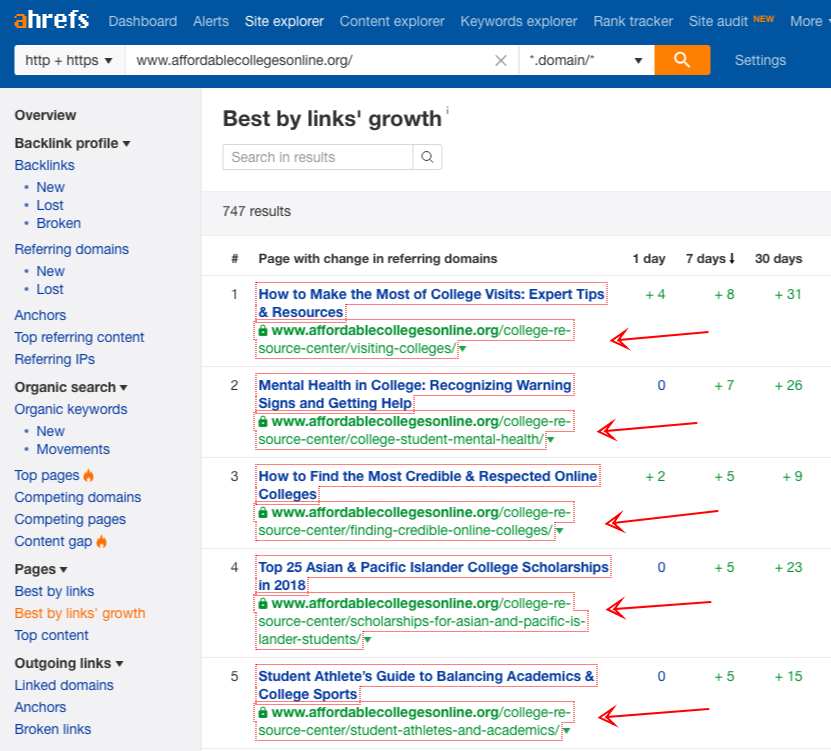
That approach can definitely expand opportunities for our future link development campaigns, given that we can tap into new markets that are not included in our initial list of linkable audiences, such as homeless students and multicultural & diversity groups.
3. INTEGRATE DEDICATED .EDU PAGES IN YOUR SEARCH QUERIES
Apparently, links from .edu pages is one type of links that can impact your pages’ performance on search rankings and can really damage your industry’s competition if you achieved success with it.
However, before getting results from any .edu link building strategies, you’ll always start with .edu link prospecting – one that’s hard to build when you’re starting out.
One approach that you can use to scale .edu link prospecting is to target a specific type of .edu page in your search queries.
Those .edu websites normally have sections of information resources such as counseling, health & wellness, financial aid, community resources, and summer housing – which can be individually targeted in your search query depending on the subject of your page/site.
For instance, if you’re in the mental health industry, one phrase you can include in search queries is “counseling” or “student health” to come up with the following targeted search queries:
- site:.edu “counseling” inurl:resources
- site:.edu “student health” inurl:resources
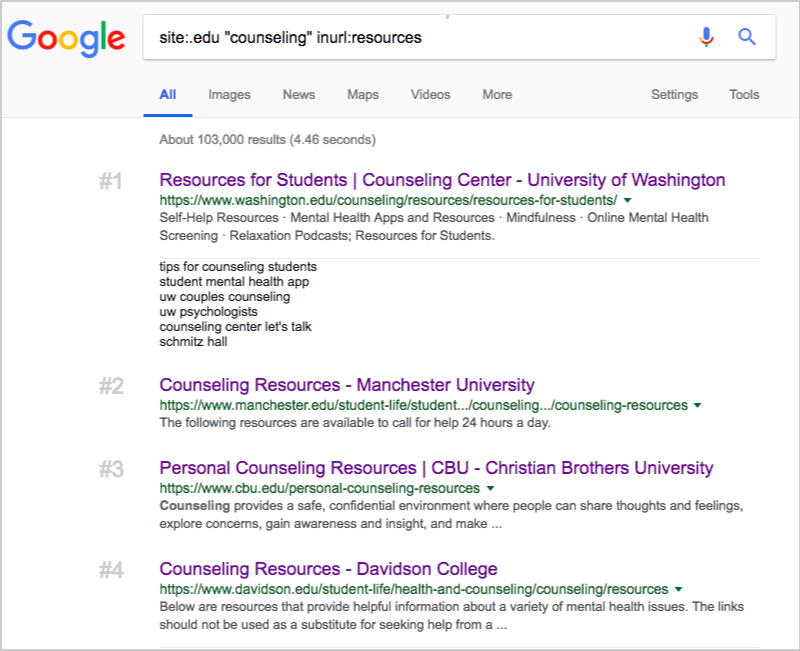
Here are more .edu pages for topical-relevant pages:
- “summer housing” – apartment categories
- “career & internship” – job sites, portals or resources
- “general health & wellness” – health organizations or niche-specific resource guides (e.g. sexual health)
Moreover, finding targeted pages of .edu sites can also be helpful with the kind of link building strategy you’re currently using.
For example, when pursuing for scholarship links, instead of using the common search queries like (site:.edu “scholarships” “industry/topic”), you can be more targeted with your search by using the phrase, “financial aids” – which is a .edu resource page for students seeking for financial help.
4. START WITH LIBGUIDES QUERIES FOR .EDU LINK PROSPECTS
Another way to be proficient in high-authority link prospecting is to target libguides pages of .edu websites.
What exactly are libguides?
LibGuides are a content management and information sharing system designed specifically for libraries. The platform allows for easy navigation through and instruction on core and relevant resources in a particular subject field, class, or assignment.
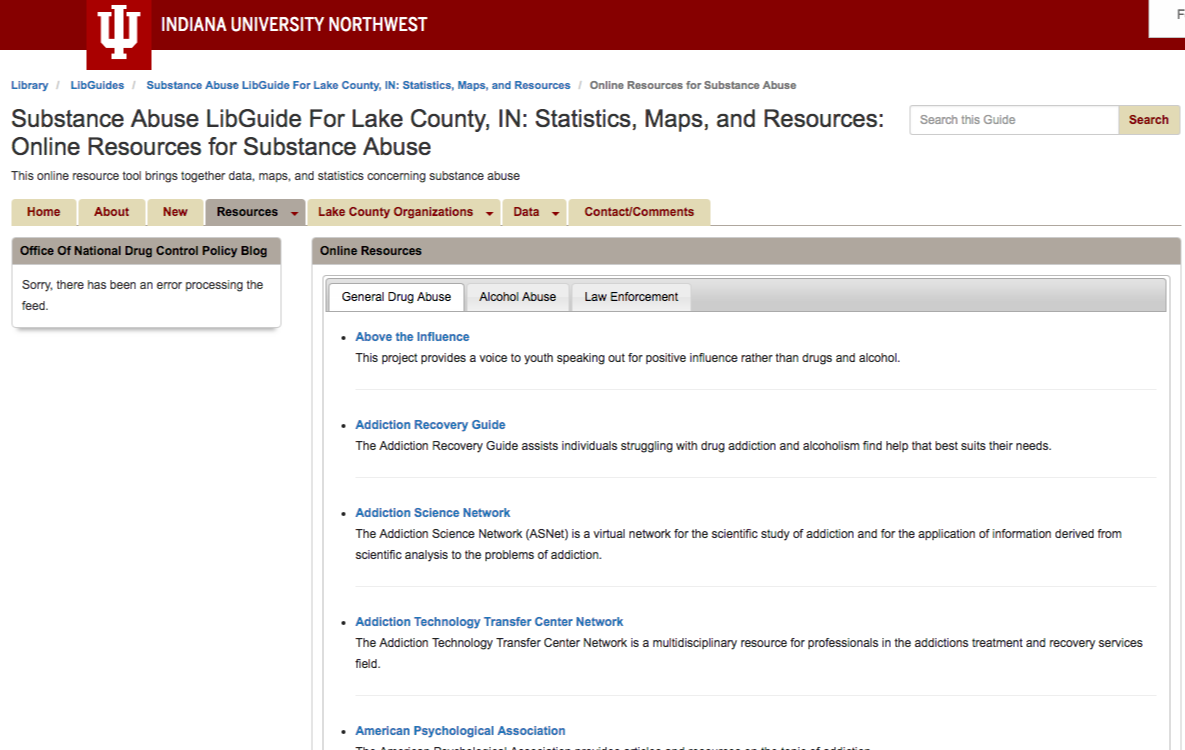
Libguides benefit students in many ways, such as:
- Allows students to focus on the relevant and sift out the less relevant.
- Visually demonstrates that there are great resources, in multiple formats, on even the most difficult topic. That reassurance builds the confidence of students who need to get started on their research.
You can see the other benefits of libguides to students here.
By definition and purpose, libguides are academic resource pages for students.
Given that they aren’t updated that much, they usually contain broken links. Knowing that, you can use broken link building as an approach to acquire links from these high-value pages.
Resource page link building (or content suggestion) can also work as long as you have a high-utility content piece worthy of being referenced to by these academic pages.
How do you find these libguides?
You can do a Google search for inurl:libguide site:.edu “TOPIC” – replace the word topic with the subject of your content or website.
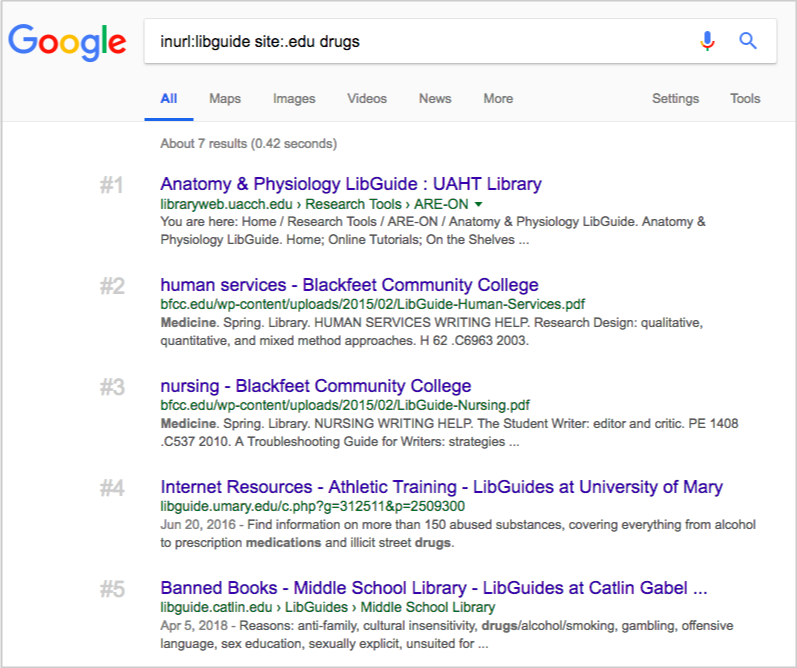
Before pitching to librarians (contact persons managing libguides) with a content published on your site/client, it is best to have a idea on what sorts of content, information, and content types that they prefer using as references.
Make sure you create the most comprehensive guide on the topic (or at least can match up to the resources that they’ve already linked to). If it’s necessary to improve your content, do so to increase your chances of getting links from them.
5. SAVE LINK TARGETS OF LOWER METRICS
When prospecting for link opportunities, It’s easy to overlook pages with lower metrics (i.e. <DA40), given that at the beginning of the campaign, link metrics has been set to use as a quality benchmark for all target pages/sites moving forward.
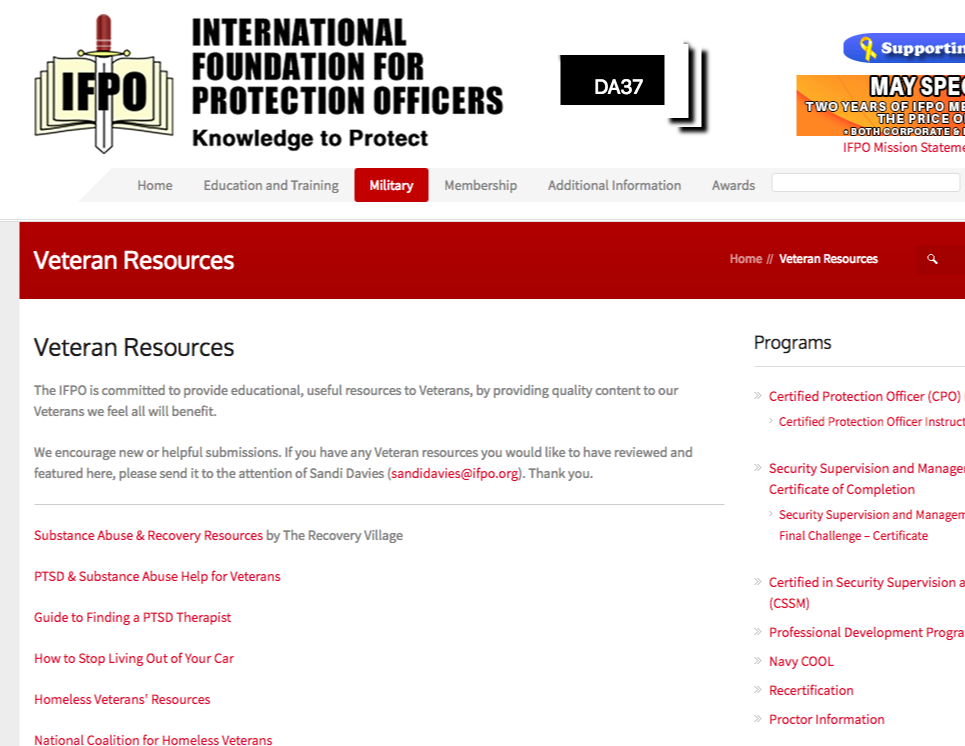
At SharpRocket, we’ve found that websites/blogs with lower metrics can be of highly useful for future campaigns. Some less authoritative websites can increase their organic traffic and earn/build links over time, which will eventually improve their entire domain authority.
Capitalize future equities of those neglected websites by making a separate list or spreadsheet to include them.
This is an approach not to run of our link prospects as you can return to your list over and over again, and find new ones that have improved its domain authority (or have passed to your benchmark metrics).
6. EXCHANGE CONTACTS WITH ACTIVE GUEST BLOGGERS
Building relationships with industry bloggers is vital not only when pitching them to become a guest contributor for their publications, but also in expanding your own list of link opportunities.
One approach that you can maximize in this situation is to pass on your contacts with them. Share your own lists of blogs that you have pursued for content contributions.
 It’s a mutual benefit so you’ll expect to get a fair share of lists from these active bloggers, too. It’s worthwhile to do so given that their shared blogs have high response rates when you start emailing them.
It’s a mutual benefit so you’ll expect to get a fair share of lists from these active bloggers, too. It’s worthwhile to do so given that their shared blogs have high response rates when you start emailing them.
7. REVERSE ENGINEER BROKEN PAGES FOR MORE LINK OPPORTUNITIES
A huge number of broken links on the web is the main backbone of broken link building.
Finding defunct links on a resource page and showing them to webmasters is one way to initiate conversations and eventually acquire links by suggesting link replacements (wherein one of the links is a link to the client’s content piece).
The process ultimately starts with prospecting for relevant resource pages.
One prospecting methodology besides doing a Google search for common resource page queries – inurl:resources “topic;; inurl:links “topic” is finding other resource pages that are linking to broken links.
Start this process by finding broken URLs, which can be defunct links you’ve initially corrected in your first set of prospects (resource pages).
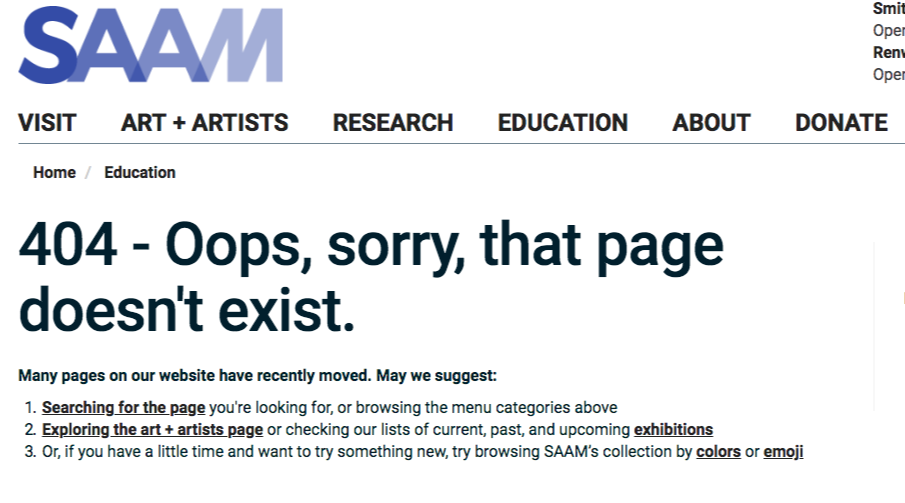 Check for any other websites linking to those broken URLs using any link tracking tools like Ahrefs.
Check for any other websites linking to those broken URLs using any link tracking tools like Ahrefs.

Create a spreadsheet to collect all websites linking to broken pages.
If you’ve found 20 broken links and have checked that there are around 300 total pages linking to them, your initial list has now grown to additional 300 prospects.
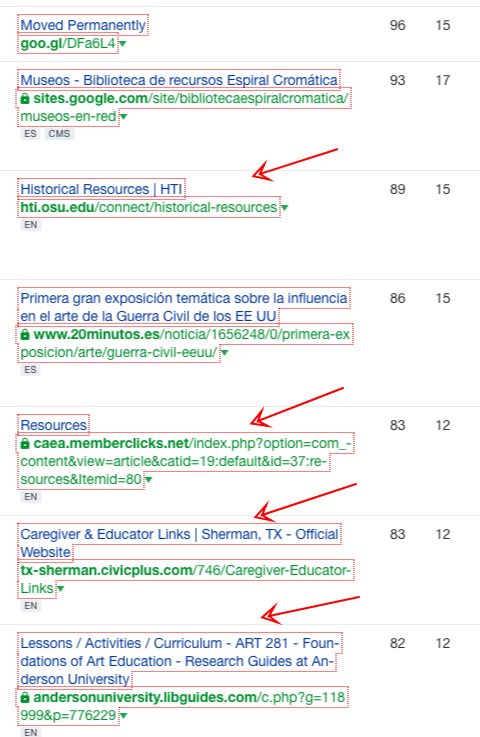
Of course, you have to quality these additional link targets by relevance, authority, and obtainability.
But overall, the said link prospecting (reverse engineering) methodology gives you room for more link opportunities.
8. CREATE NEW LISTS FOR NON-INTENDED AUDIENCES
One common mistake I’ve seen link builders do when prospecting link opportunities, specifically for resource pages, is ignoring current pages on their tabs as soon as they quickly find that these pages do not pass certain links’ standards (e.g. irrelevant to their intended audience).
This tip is almost similar to the above prospecting principle (save prospects of lower metrics).
However, what I’d like to highlight in this last prospecting tip is saving prospects of different intended audience.
When you’ve landed on a page and found out that it’s not relevant to your audience-targeting, you basically ignore it and move on to your next link prospect.
What I personally see a lot of value in seeking for more link opportunities (and for content generation, in general) is creating a new tab/list of other pages that don’t fit to my current intended audience.
For example, when I’m looking for parenting-targeted resource pages and have come across pages that are targeted to non-intended audiences like LGBTQ, mental health enthusiasts, persons suffering from trauma, stress, and attempting suicide – I make new lists to collect them all.
This can somehow make it easier to find new audiences to target for future content assets.
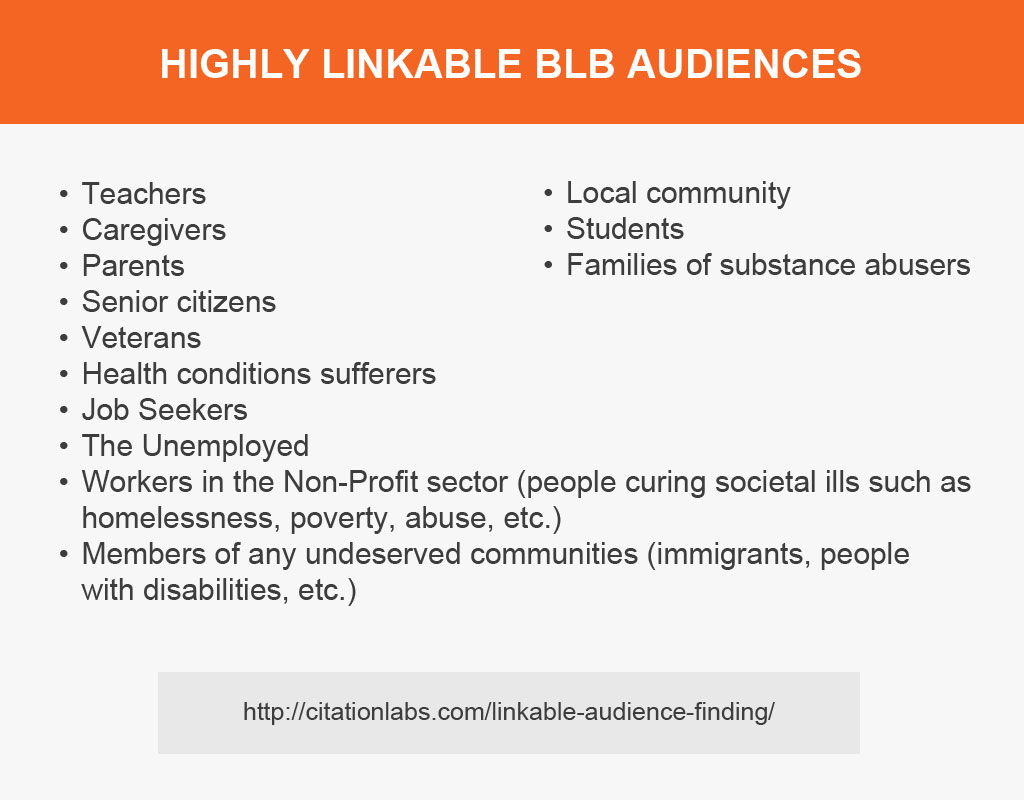
If you’re just starting in audience-first link building campaigns, you can start off with Garrett French’s 601 Audience spreadsheet and basic linkable audiences as a base – and add more on to it along the way.
Liked this post? Subscribe to our newsletter and follow me on Twitter @venchito14.
The Author
Venchito Tampon Jr
Venchito Tampon is a Filipino Motivational Speaker, Corporate Trainer, and a Leadership Speaker in the Philippines. He is the CEO and Co-Founder of SharpRocket, a link building agency. With a decade of experience, Venchito has a proven track record of leading hundreds of successful SEO (link builidng) campaigns across competitive industries like finance, B2B, legal, and SaaS. His expert advice as a link building expert has been featured in renowned publications such as Semrush, Ahrefs, Huffington Post and Forbes. He is also an international SEO spoken and has delivered talks in SEO Zraz, Asia Pacific Affiliate Summit in Singapore, and Search Marketing Summit in Sydney, Australia. Check out his other businesses, Hills & Valleys Cafe, Blend N Sips and Saas Pursuit.
How our LINK BUILDING AGENCY builds 250 links/mo consistently using Predictable Link Building Methodology™…
- Using a SIMPLE and PROVEN system
- Using a SCALABLE strategy
- No private blog networks
- No creepy outreach emails
